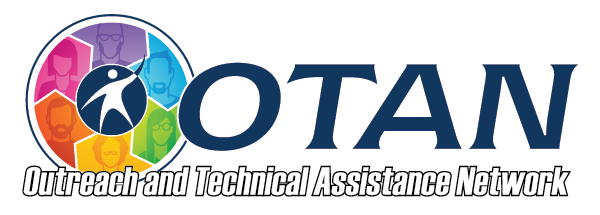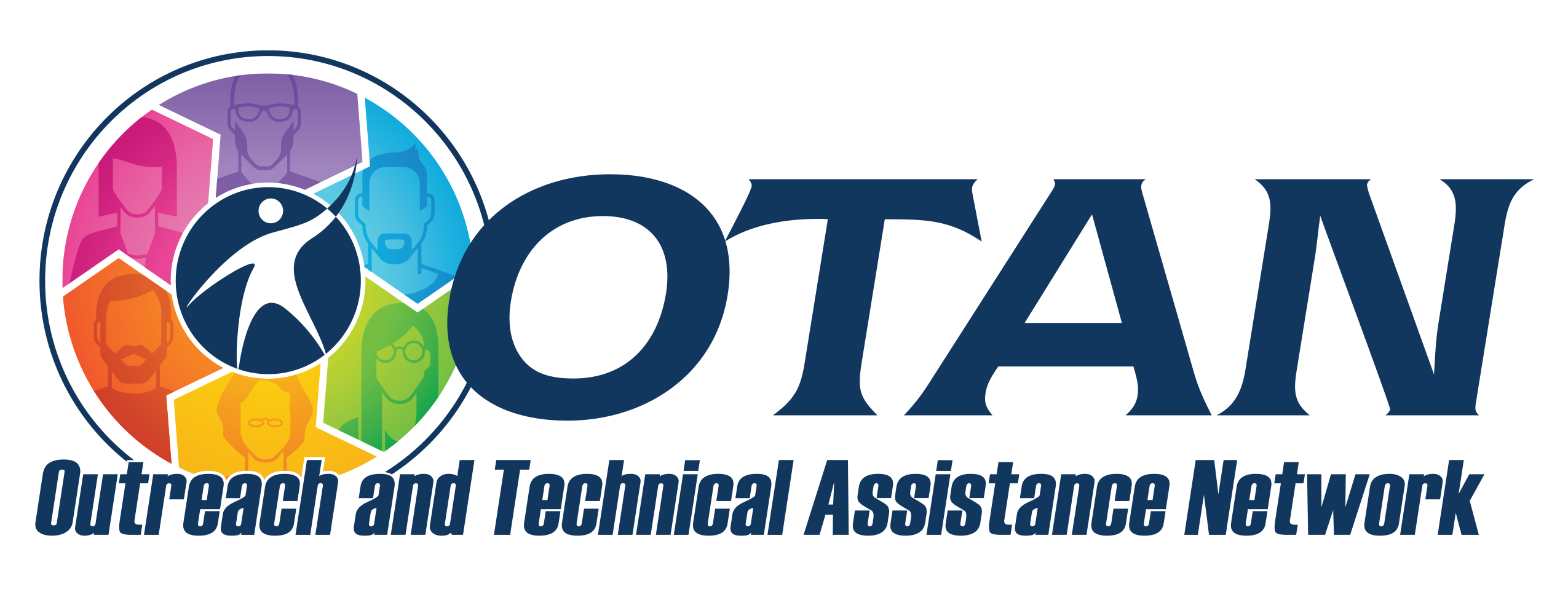Search
Project Money: Saving Money
Details
Activity Description
Project Money is a Web site and workbook developed with the help of adult basic education learners to help other adult learners understand money. It is written for English speakers, but the reading level is about 4th grade, so it could be used in an ESL class. It covers four topics:
- Saving Money
- Bank Accounts
- Credit Cards
- Income Tax
This activity will focus on Saving Money for a specific goal.
Preparation
- Download (and print if necessary) the Project Money workbook, Reach for Your Dreams: Start Saving Now (PDF). The workbook will be the basis for your lesson(s).
- Decide if you will be conducting the lesson as a group or having a student work through the lesson in dependently. Tailor the lesson accordingly.
- If students will be accessing the site, be sure to test the site in your lab to be sure it is accessible to the students. Test any other sites you plan to use.
How-To
- Begin with the reading and discussion in the workbook about early memories related to money.
- Introduce and discuss the six spending styles. Ask students to think about themselves, or people they live with or know. Elicit examples of each money style.
- Help students identify the skills they already have that can help them manage money.
- Have students read about long term and short term goals, and then list their goals.
- Assign a project such as making a sign or collage in order to visualize reaching the goal.
- Introduce and discuss the concept of needs vs. wants. Have students work in groups to make a list of needs and a list of wants. It is OK if one person's want is another person's need.
- Demonstrate how to make a budget with monthly income and expenses. You may want to do this for a fictitious person in order to not get too personal.
- Discuss ways to cut back on expenses in order to be able to save, including the tips on page 12.
- Have each student create a worksheet for the goal they select.
- You might have students keep a copy of the My Progress checklist in their notebook. (This is found on page 19 of the PDF document mentioned in the Prep section above.)
Teacher Tips
- These lessons were created with a one-on-one tutoring model in mind, and must be adapted to suit a larger group setting where students may not feel comfortable sharing personal financial information. It is fine to use a fictitious person.
- Those who need and are ready for the information will either ask for help in applying it to their situation, or be able to do that on their own.
- The link under "Making a Plan" to build a budget on the Internet is dead, but should go to this link: Beehive Budget Builder Your students will need to create an account on the Beehive Web site to use this budget creation tool. An alternate site where account creation is not necessary is the Budget Calculator at the Mapping Your Future Web site.
- You may also download the workbook and conduct the lesson totally offline.
More Ways
The Other Resources link on the Project Money Web site offers links to other sites that can be used to expand on financial topics. For example, Hands On Banking by Well Fargo provides information about bank accounts in English and Spanish, with audio for each page. Supplement this lesson with the Hands On Banking lesson on Money Management Tools and Tips .
Program Areas
- ESL: English as a Second Language
Levels
- Intermediate Low
- Intermediate High

